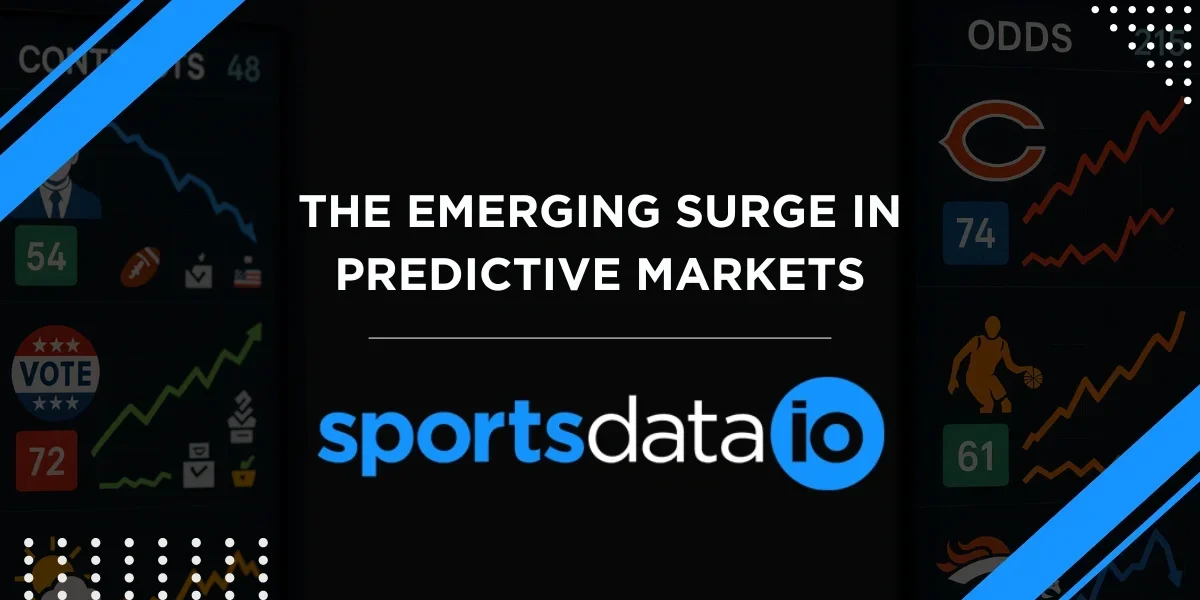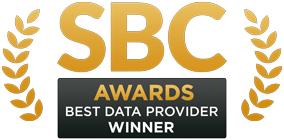
The Emerging Surge in Predictive Markets
Prediction markets are having a moment. Platforms like Kalshi are getting regulatory green lights, political pundits are citing betting odds alongside poll numbers, and Wall Street is watching the space with growing interest. But this surge into the mainstream didn’t happen overnight. It also didn’t start with the “big dogs.”
Before prediction markets became buzzy boardroom topics or drew SEC scrutiny, smaller, scrappier players were already experimenting in this space. From fantasy-style apps to crypto-driven protocols, early adopters helped prove the concept long before major institutions paid attention.
A Quiet Underground of Forecasting Innovation
In the early 2010s, platforms like PredictIt and Augur operated on the fringes. Their users weren’t in it for massive profits. They were political junkies, crypto-anarchists, and data nerds fascinated by the idea that collective betting behavior could outperform expert opinion.
These platforms built communities, tested regulatory boundaries, and generated historical data that quietly validated the predictive power of crowd-based forecasting.
That quiet experimentation is now being confirmed by academic research. A wave of new papers has shown that, under the right conditions, prediction markets can outperform polls, filter out noise, and generate more accurate, real-time signals across topics ranging from elections to inflation.
As reported by Dustin Gouker in his Event Horizon Newsletter, “Markets excelled when there was sufficient liquidity, well-calibrated questions, and minimal constraints on trading.” One cited study found that prediction markets outperformed polling by 10 to 15 points when given longer trading horizons and greater participant diversity (What Five New Academic Papers Say About Prediction Markets, 2024).
Meanwhile, a newer generation of platforms has started applying these concepts to regulated sports betting. Sporttrade, launched in New Jersey in 2022, introduced an exchange-based sports betting model where users can trade outcome shares just like stocks. With support from institutional backers like Nasdaq and Comcast, Sporttrade is among the first state-licensed U.S. sportsbooks to seek federal approval for operating a nationwide sports prediction market. It is actively working with regulators to further define the legal framework for these products, potentially combining state and federal oversight for the first time.
Why It’s Surging Now
So why the sudden spotlight?
-
Academic validation: A growing body of research backs up what early adopters believed for years: prediction markets are effective decision tools, especially when well-structured.
-
Regulatory clarity: Kalshi’s recent progress with the CFTC has opened the door for more legitimate markets tied to real-world outcomes like elections, inflation rates, and even weather.
-
Betting normalization: The rapid legalization of sports betting in the U.S. has made “wagering as insight” more culturally familiar.
-
Web3 infrastructure: Blockchain and smart contracts have enabled decentralized prediction markets to function without needing a central bookmaker.
-
Corporate curiosity: Hedge funds, analysts, and sportsbooks are watching the space closely as a potential data edge.
DraftKings, FanDuel, and the Industry's Next Move
One of the more telling signs of this shift? FanDuel and DraftKings are paying attention.
While neither company has launched a prediction market product, both have publicly expressed interest. As reported by Dustin Gouker in Event Horizon, FanDuel’s Head of State and Regulatory Affairs, Stacie Stern, said, “Prediction markets offer a really interesting potential product for us, but there’s still a lot of uncertainty around how they’ll be regulated” (FanDuel, DraftKings Talk Prediction Markets and Their Potential, 2024). A DraftKings spokesperson added, “We’re always evaluating emerging gaming products, and prediction markets are on our radar.”
For now, major operators are observing from the sidelines. They are monitoring regulations and exploring indirect pathways, such as potential partnerships with decentralized platforms like Polymarket or regulated exchanges like Sporttrade.
From Fringe to Forecasting Tool
The mainstream may just be catching on, but the DNA of today’s prediction market boom is rooted in the early innovators. Their lessons on liquidity, manipulation risk, and user incentives are now being recycled and scaled.
Kalshi, Polymarket, and Sporttrade are building more compliant, user-friendly versions of what once started as outsider projects. But let’s not forget: this isn’t a brand-new trend. It’s a matured one finally getting its due.
Closing Thoughts
As prediction markets continue to evolve, it's worth acknowledging the underdogs who laid the groundwork. Their experiments have become blueprints. And with academic validation, regulatory progress, and commercial interest converging, one thing is clear. Niche today doesn’t mean niche forever.
Dustin Gouker, "What Five New Academic Papers Say About Prediction Markets," Event Horizon, July 2024
Dustin Gouker, "FanDuel, DraftKings Talk Prediction Markets and Their Potential," Event Horizon, July 2024
Covers.com, "Sporttrade Seeks Federal Prediction Market Regulation from CFTC," May 1, 2025
GamblingNews.com, "Sporttrade Aims for Historical Hybrid Status from CFTC," May 2, 2025


